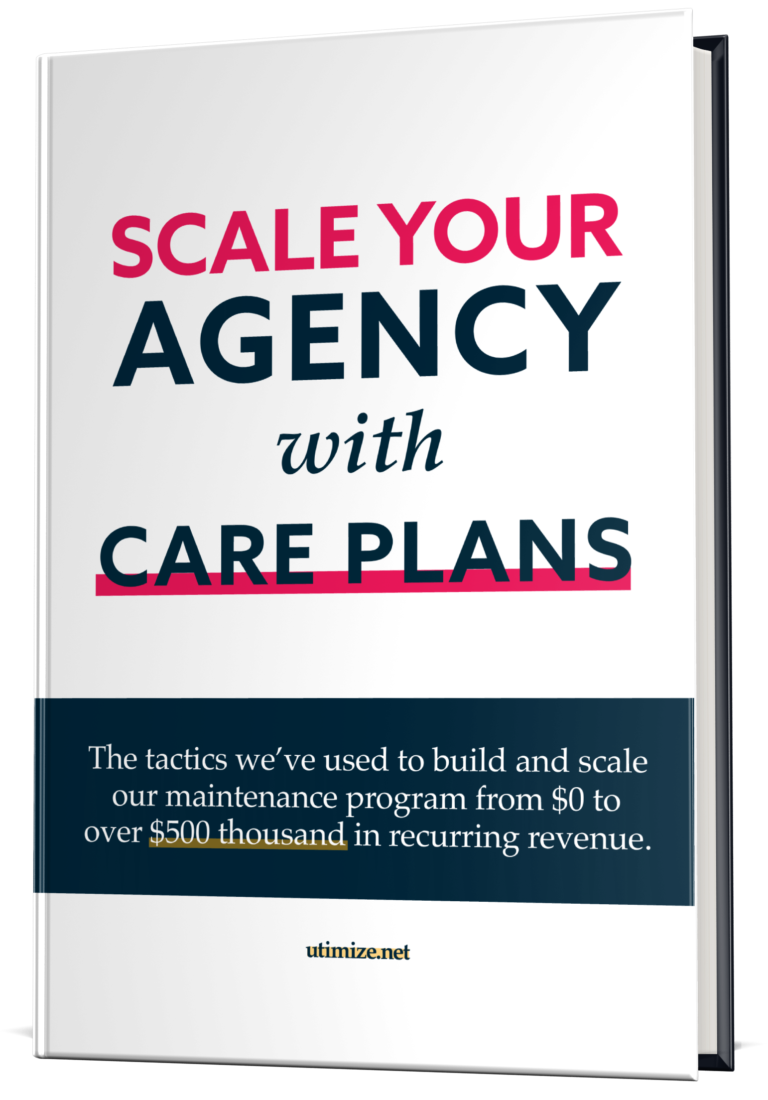The take-off of an airplane is the moment when the engines need the most power. Overcoming inertia and achieving sufficient lift to make tons of matter fly is not an easy task.
Things will become a lot easier for you too, the moment you overcome inertia. You’ll have to be extremely focused in order to keep consistency in your first weeks of prospecting. It is a hard task, but it’ll be very gratifying when you start connecting with people.
In this article, I’ve written 5 cold email templates I use to connect with a prospect. Although you can just copy, adapt and paste, I really want you to reflect on a few points to help you get the most out of this article.
Why Cold Emails Don’t Work
They are getting more and more frequent. You’ve probably heard that cold emails are one of the worst ways to approach prospects. For these people, the entire math in cold outreach isn’t right. The ROI is bad, you’ll have a bad reputation. It’s just not worth your time!
That’s the image most people have of cold outreach—and I can’t say they’re wrong. For a long time, sales reps have been using the math to justify why they’re sending hundreds of emails each day. For these guys, personalization doesn’t matter, which is why I believe people are getting more and more annoyed over cold emails.
I call it the “new spam.” They’re unlike the Nigerian Prince, as the messages may be legit, but there’s no human touch. That’s why it doesn’t work.
The cold email templates below were created based on a very simple structure:
- Reason for Contact – In sales prospecting, the “cold” word stands for the introductory contact you have with a prospect who doesn’t know you. Having a reason to contact these cold prospects can serve as a great ice-breaker. You can congratulate them for an award, product launch, acquisitions, etc.
- Value Creation – This is where you make the prospect feel special. In this part of the email, you’ll show that you’ve done your homework and give away something very impactful for free. It can be a(n):
-
- audit you’ve created specially for the prospect’s website
- blog post that solves a pain point
- free tool to make their day-to-day life easier
- The Open-doors Moment – The prospect might have understood the purpose of your contact, but now is when you make everything more clear. It’s time to open the door and let the client know that you’re a reliable source of help they can count on whenever they need. I always like to ask something at this point:
- Could this be a problem for you?
- How are you handling [x], [y], and [z]?
- Is it a priority for you right now to fix [x], [y], and [z]?
The Most Effective Email Templates for Agencies
Copy and paste doesn’t work and people notice it. The templates below are your starting point and you should use them to inspire yourself to write your own emails, with your own personal touch.
Customizing them shouldn’t be difficult. I love Sujan’s (from Mailshake) approach to customizing templates at scale.
Sell your marketing services
We’ve created this one for The Ultimate Sales Prospecting Guide for Agencies. There are a couple of reasons why I love this approach to selling SEO packages.
- You can use SEMrush, Ahrefs or Moz to generate a full report of a website’s SEO health. If you’re able to brand it with your logo, that’d be even better.
- It follows the ‘Reason for contact’ => ‘Value Creation’ => ‘The open-doors moment’ structure.
- It’s not pushy or salesy, and still creates a sense of urgency to fix the problems from the audit.
Re: Questions about your site — company.com
You probably have a great team handling your website, but I’m wondering if you guys have any SEO strategy in place for the next quarter? I’m attaching an audit to this email with actionable recommendations you can start using today.
Is it a priority for you to fix [#1], [#2] and [#3]?
Best,
Ricky Branson
Sell a website redesign or UX optimization
One of my preferred ways to approach a prospect is by identifying an opportunity for them that will somehow make them save time or increase their revenue. That sounds like Beethoven’s ninth symphony in the ears of every business owner in this world.
In the scenario where you truly believe that a website redesign would make sense for a client – you can offer a free UX report, where you point out everything that can be improved to generate more sales, more qualified leads, or whatever you think that could benefit this prospect somehow.
Re: Questions about your site — company.com
The overall look of your website is great, but I’m seeing a few points that, if addressed properly, can increase your conversion rates by at least 20%. I’ve put together a report with all my recommendations. Wondering if you’d like to take a look?
Best,
Ricky Branson
Different from selling SEO packages, where you can create value by quickly generating an automated report, pointing out UX problems can be very tricky and take a few minutes (if not hours) to do a great job.
If you’re a PRO in qualifying these prospects, it’s totally acceptable to create value by sending the reports right off the bat—but this is risky. So instead of sending the report in your first contact, we can see if the prospect is actually interested and then send it when he/she is willing to know more. It’s a great strategy!
What Happens Next?
We have to be realistic. Even if you’re creating value, sending the emails with good timing, and everything is perfectly set up, there’s a big chance of not hearing anything back from the prospects you’ve contacted. This is when the follow-up emails come to save our lives!
Each follow-up email should create value and differentiate from the last message you sent. The goal is more than just to bring your message to the top of the prospect’s inbox.
I usually follow up at least 6 times and the frequency I use is:
- First touchpoint – wait for a week
- Follow-up one – wait for a week
- Follow-up two – wait for 3 days
- Follow-up three – wait for 3 days
- Follow-up four – wait for 2 days
- Follow-up five – wait for 1 day
- Break-up email
My first follow-up email would look like:
Re: Questions about your site — company.com
Also, I think the tool below will help you with [problem #1] and [problem #2].
[tool link]
I hope that’ll be helpful!
Best,
Ricky Branson
For the following attempts, I’d write something like:
Re: Questions about your site — company.com
It’ll be great to discuss the options we have to improve [#1] and [#2]. Do you have 15 min this Friday?
Let me know if you have any questions.
Best,
Ricky Branson
If you haven’t had the chance to connect with the prospect, it’s time to break things up and prioritize other prospects. In the break-up email, you should keep the doors open for future opportunities. I found the Pipedrive template below to be extremely effective:
Re: Questions about your site — company.com
If you’re not interested, let me know and I’ll continue with closing your file.
If you are still interested in how we can help you achieve [objective], what do you recommend as the next best step?
Best,
Ricky Branson
Conclusion
Great starting point, eh? Hopefully we were able to point you in the right direction with this post. Again, these templates should be used as an inspiration to start your prospecting journey and overcome the inertia you probably feel right now. Keep up the great work!

